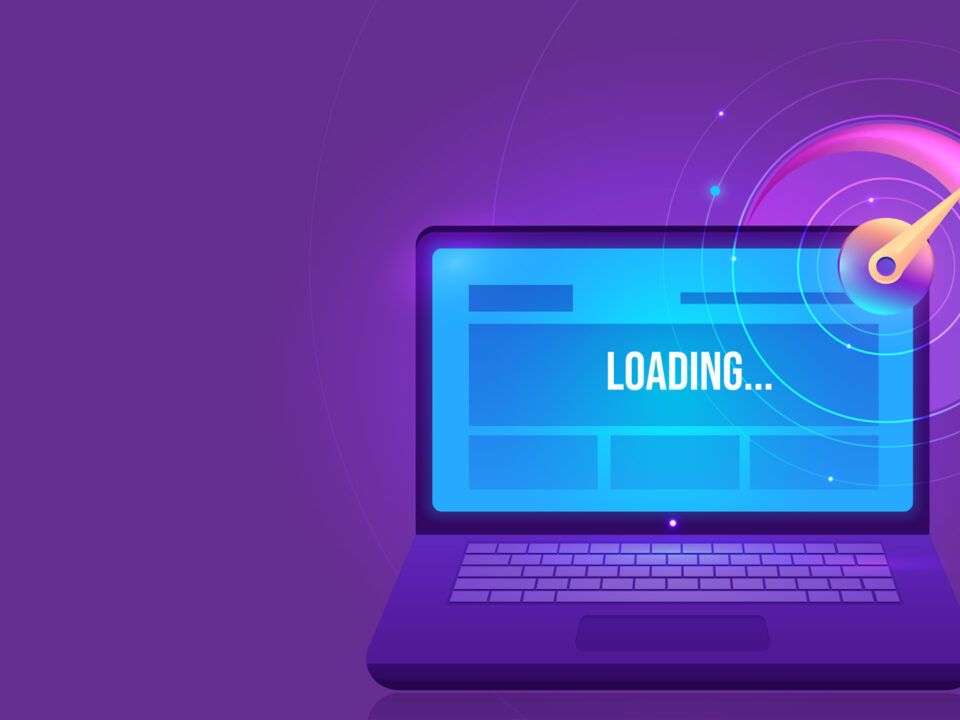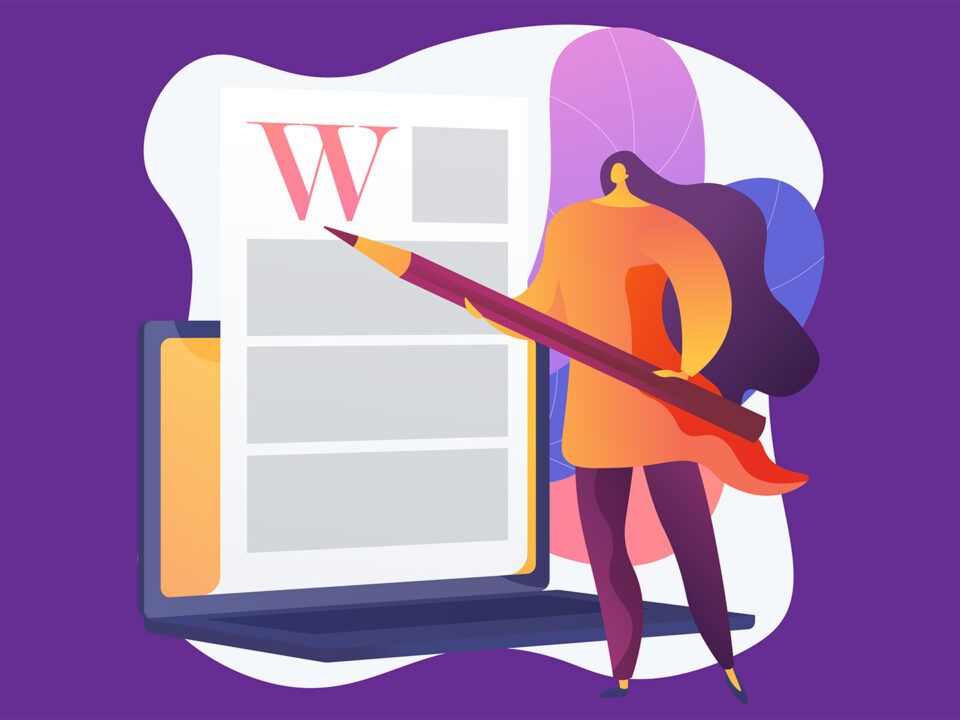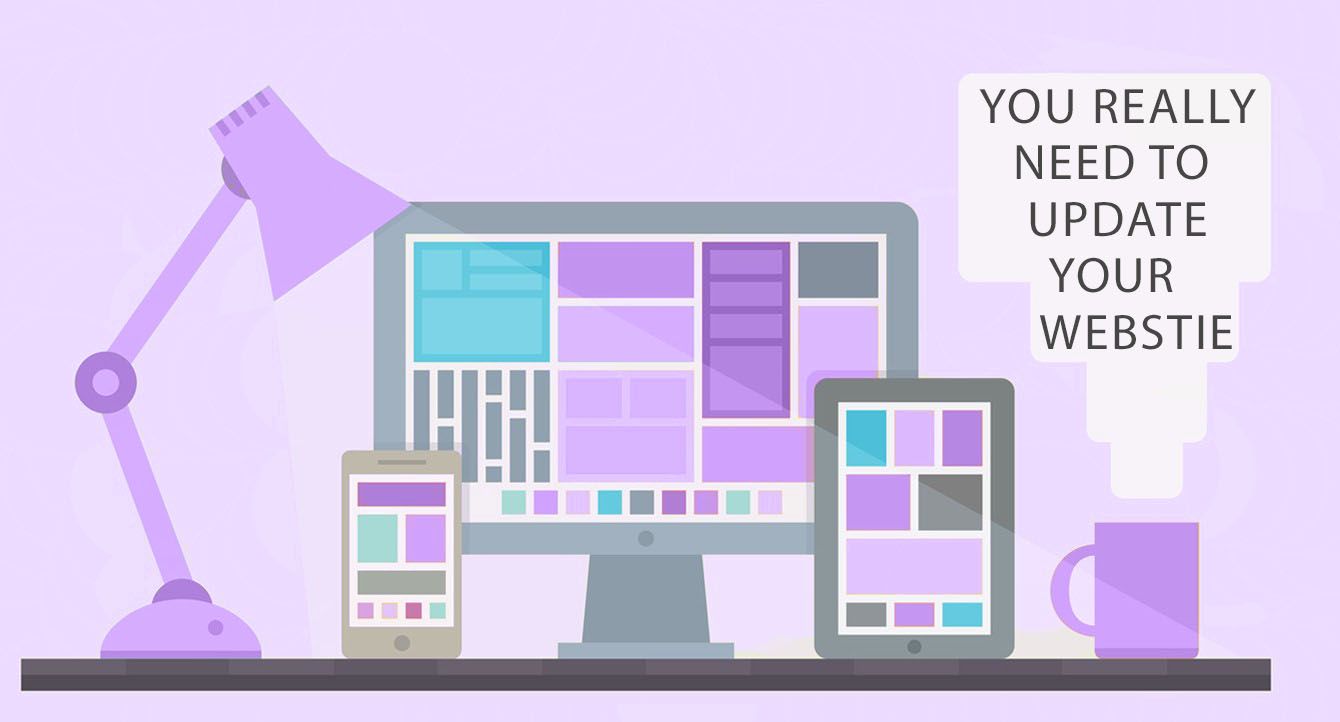
Web Maintenance: Is Your Website Up to Date?
28/08/2018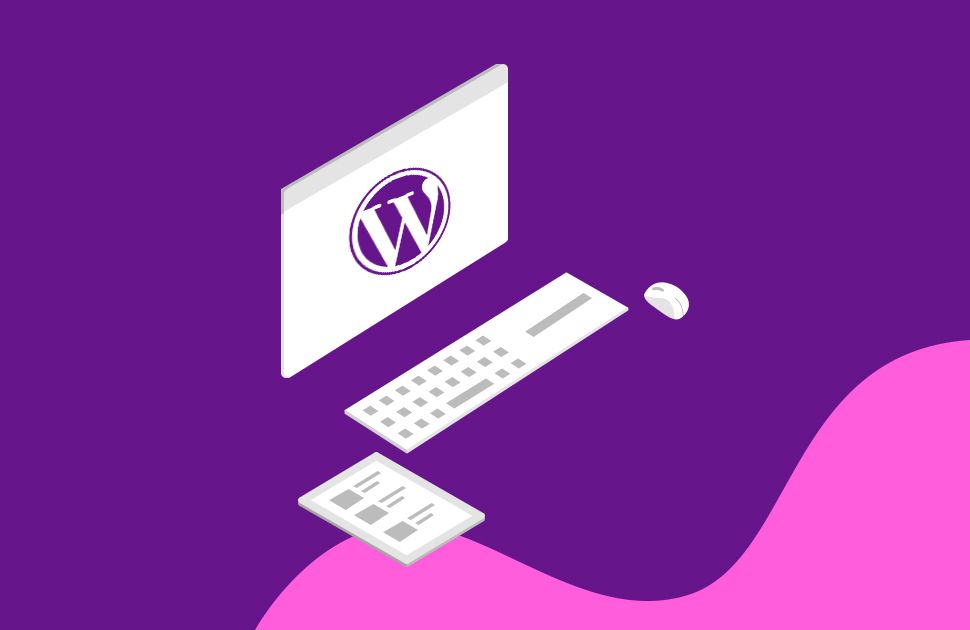
Why choose WordPress for your website
16/09/2018
Web Maintenance: Is Your Website Up to Date?
28/08/2018
Why choose WordPress for your website
16/09/2018Design Techniques: The 5 Aspects of a Successful Website
There are several elements that define a successful website. In this article we will focus on the 5 most important design techniques. These will guarantee the success of your website.
1. Visual Impact
In terms of design techniques, the visual impact plays a very important role in building a website. This is the impression left by the website to the users. The website is the image of the brand it represents, a powerful visual impact, positively affects the image of your business both online and offline.
The visual impact is obtained through different methods and design techniques:
-
A modern and airy design. The visual impact can not be created if the website looks like it was created in the year 2000. Full-width style with strong visual elements (pictures, colors) with little text and beautifully arranged is the new fashion and has the most success.
- Big and imposing messages. It is important that the website does not deliver a text library. Nobody will read it. The content must be condensed to the essentials, and it should be displayed with a large font, individual to the rest. Styling text with titles and colors is another important milestone.
- Color scheme appropriate to the message delivered. The design of a website also involves a psychological hue. The range of colors must match the desired message and the theme of the website. Thus, in the subconscious, visitors will be more motivated to purchase your services or products.
- Placing images at key points at the best quality. Images should be placed with care! And above all, it must look good. This means the picture is not pixellated and does not contain visible web compression artifacts.
- Dynamic elements. Moving elements provide the dynamics of the website. These can be videos, pop-ups, animations, interactions, etc. A dynamic website is more exciting to explore and more digestible content.
All these aspects give the website a powerful visual impact that will motivate visitors to buy. It will also be memorable and the brand will have its own personality.
2. Functionality

Establishing a clearer website layout will help users navigate and find the information / product you are looking for.
Whatever design techniques you apply to the development of a website, they will have no effect if the website does not work properly. For the success of any website, it is important for it to work in full. All pages and features must be tested to avoid problems or error messages.
It is to the advantage of the website to have advanced features. For example, a band’s website should contain an audio player to play the band’s tracks. Or a website of a shipping company to contain a cost calculator. Ask yourself what you can bring to your website, which can help your customers and visitors to your website.
3. Ease of Navigation
A recent study proves that most users leave the website if they do not find what they are looking for in less than 2 minutes. The website must be structured in such a way that the user knows where he is and where he finds the information he is looking for. Design techniques in ease of navigation are:
- Using an airy design. In addition to visual impact, an airy design website is easier to navigate and content is easier to read. The optimum distance between the elements must be kept.
- Keeping a simpler structure of page branching. The path to a page does not have to be too long and there are not too many intermediate pages. It is important to keep a shorter and organized path in order not to lose, bore or interfere with users.
Display the title page next to the breadcrumbs. In addition to displaying the breadcrumbs, it is important to display the title of the page. This way the user always knows what page he is.
- The existence of the Home button in the menu. It is very useful when the user wants to get to the front page of the website. Though pushing the logo can lead to the first page, this method is not intuitive, and in some cases, such as mobile use, is not optimal.
- Insert a button that brings the user to the top of the page. For long pages, add a button in the footer that sends the user to the top of the page. Useful on desktop, tablet and mobile as it makes navigating much easier.
- The existence of a search function. For large websites, web search is useful and makes navigating easier and more enjoyable. In the header bar, there might be an intuitive magnifying glass, which means the search function.
- Sticky menu. For users not to have to scroll through the page to get to the menu, it goes down with the content, the background becomes transparent. Also, the option to scroll automatically and quickly to the top of the page can also appear on the menu bar.
Using at least 5 of the 7 design techniques mentioned above, assures your website an easy navigation experience. Depending on the website, the designer of your website can give you more tips. You don’t you have a designer? Contact us now!
4. Mobile Responsiveness and Mobile-First Design Techniques
In 2018, over 80% of Internet users have a mobile device, of which 48% use it for daily navigation. Until recently, websites had a fixed width of 900px in the hope that all users will have a similar and uniform experience. With the emergence of mobile phones capable of surfing the Internet, this feature has become a drastic limitation. A successful website can be used on desktop, laptop, TV, tablet or mobile devices, regardless of resolution.
Among the many design techniques, this is especially important to satisfy mobile device users. The design must automatically adjust according to the resolution of the device. The elements must be repositioned according to the device and its orientation, in one column, one under the other. The size of the font should be reduced based on the pixel / inch density of the device to remain legible. The images have relative values and are placed to occupy a percentage of the screen area, not having a fixed size.
The menu disappears in favour of a button. When this button is pressed, a page with the touch-sensitive menu overlaps. This menu can be closed by pressing a button that does not change its position when the menu is scrolled. Animations should not obstruct content or make it unusable. The buttons respond to both mouse clicks and touch gestures and are large enough to be used by people with thicker fingers. Dynamic elements such as image / news carousels can be controlled by tactile movements.
It’s very important to apply as many design techniques as possible to optimize your website for mobile devices.
5. SEO Optimization
The online environment is getting more and more crowded, hundreds of thousands of websites in each field compete for a higher position in search engines. Sometimes the success of a website may be severely impaired if it is displayed 3 times lower than the competition. Most visitors do not go further than the first page of results, so it is very important that the site has a higher position in search engines.
SEO (Search Engine Optimization) is a sum of design techniques dedicated to search engines and how they interact and index the website. This optimization involves optimizing the design, content, source code, and user connection to the server. The advantages of this process are:
- Vizibilitate. Un website optimizat este ușor de găsit în motoarele de căutare. Acest lucru este valabil atât atunci când se caută numele website-ului cât și când este căutat un cuvânt cheie relevant website-ului.
- Creșterea traficului. O poziționare cât mai bună a website-ului în căutări garantează o creștere semnificativă a traficului pe website.
- Mai ușor de utilizat. Atunci când un vizitator nu cunoaște exact numele paginii sau adresa acesteia, poate folosi un motor de căutare pentru a găsi conținutul dorit.
- Îmbunătățirea reputației online și offline.
- Rata de conversie mult mai mare.
- Visibility. An optimized website is easy to find in search engines. This is true both when searching for the website name and when searching for a relevant keyword website.
- Increase traffic. A good positioning of the website in searches guarantees a significant increase in website traffic.
- Easier to use. When a visitor does not know exactly the page name or address, he can use a search engine to find the desired content.
- Improving your online and offline reputation.
- The much higher conversion rate.
More information about design techniques in SEO Optimization in this article.
6. Other Design Techniques
There are a lot of other design techniques but with a much lower impact. Apart from the above, there is also the content design, website security, social media integration, etc. We will discuss these in a future article.
Do you want to start a website? Contact us! We will create a website that respects the latest and most powerful design techniques currently available.
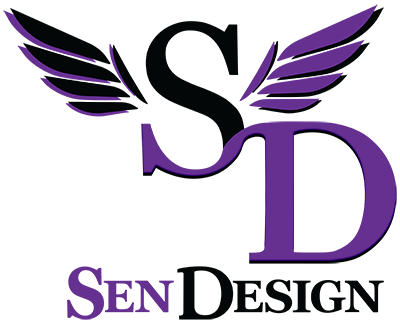
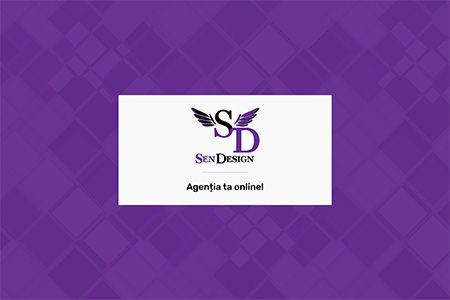


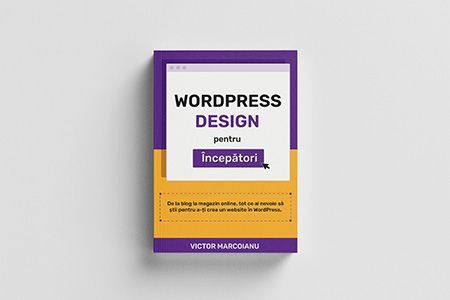
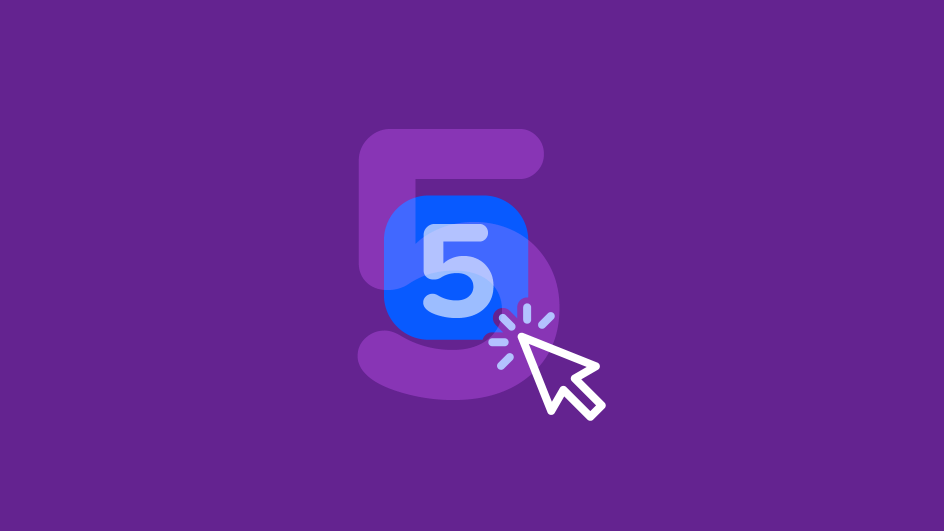

 Display the title page next to the breadcrumbs. In addition to displaying the breadcrumbs, it is important to display the title of the page. This way the user always knows what page he is.
Display the title page next to the breadcrumbs. In addition to displaying the breadcrumbs, it is important to display the title of the page. This way the user always knows what page he is.

